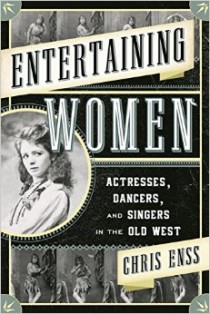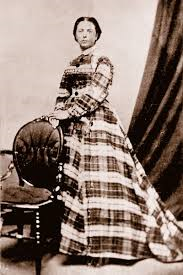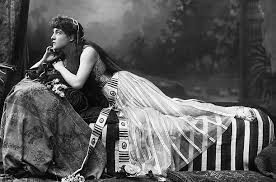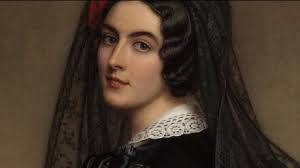Enter to win a copy of
Entertaining Women: Actresses, Dancers, and Singers in the Old West
Winners will be announced on February 28, 2016

Long before actors were vying for an Oscar nomination and world wide fame thespians were trying to carve out a modest living entertaining prospectors and settlers of the Old West. Today the curtain goes up on a woman entertainer who captured the hearts of the western pioneers.
Ladies and gentlemen, Lillian Russell,
America’s Greatest Beauty
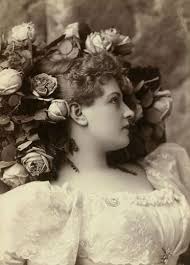
It was not so much the late Lillian Russell’s great dramatic ability or her clear, well-trained voice as her personality and physical beauty that made her the most famous musical comedy star of her day and acclaimed for more than a generation as “America’s Greatest Beauty.” And after she had ceased to sing and act for the public the compelling charms that had lifted her to the stage’s topmost pinnacle persisted and made her up to the very day of her death one of the most admired of women.
Other women marveled to see how Lillian Russell, as she neared sixty years of age, still retained the clear complexion, soft skin, unwrinkled face, youthful expression and all the vivacity of earlier life.
How did she achieve this modern miracles? What was the secret of her unfading beauty.
Lillian Russell made no secret of some of the measures and means she employed to retain her extraordinary good looks, but she did not tell the whole story. She did not say that in addition to the baths, cold creams, cosmetics, exercise and wholesome living she made liberal use of common sense, self-control, persistence, energy and cheerfulness-factors neglected by many women who faithfully follow her other formulas.
She employed the combination of mental qualities and drug store and beauty parlor accessories not only during her whole stage career, but long after the time when most women realize that they are growing old and believing that they have become passé and unattractive, make no effort to improve their appearance. At sixty Lillian Russell was even more careful of her appearance her face and figure, than she was at twenty or thirty.
To learn more about
Lillian Russell’s career and her beauty regiments, read
Entertaining Women: Actresses, Dancers, and Singers in the
Old West.

